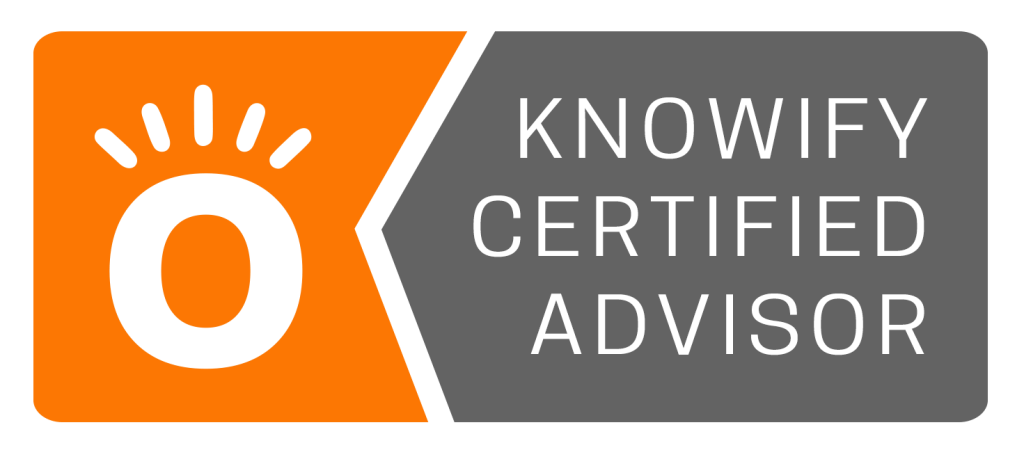Special purpose acquisition companies have existed since 1993 when David Nussbaum and the Gladstones created them. They have gone through popularity and drought but have recently seen a resurgence due to newer SEC regulations that have instilled more trust in them as investment vehicles and the control they allow the company owners to maintain versus if a private equity firm purchased them.
Many in investment finance have claimed that 2021 is the year of the Special Purpose Acquisition Company, but what is this investment tool that is being touted by the likes of business and media personalities such as Larry Kudlow and Mark Cuban to celebrities such as Shaquille O’Neal, Alex Rodriguez, and Serena Willians? Here is some basic information on the popular investment option that saw 112 companies go public in 2020 and will likely rise to 500 by the end of 2021.
Why is There a Demand For Them?
Traditional IPOs are expensive, complicated, time-consuming, and a lot of work for something that can fall apart anytime. You begin with a roadshow, often viewed as a dog-and-pony show, where the company has to sing for their supper to investors. The companies have to negotiate with the investors based on an uncertain valuation until shortly before the opening bell. Meanwhile, those investors are generally institutional, so there is no guarantee that they will understand how the company’s growth vision correlates with the pro forma numbers. In case that is not appetizing enough, the companies are expected to divulge the details of their secret sauce for those investors to judge for their analysis of the likelihood of future success.
Right now, a record amount of money flows into the public markets while the number of public companies has dropped dramatically. Over the last 20-30 years, public companies have fallen from around 8,000 to just over 4,000. Since stock exchanges make money by bringing on new companies, they have supported the push from SPACs in the market.
In addition, the New York Stock Exchange would not list any SPACs until three years ago, launching their first in May 2017. But since then, the NYSE has listed more than 60 SPACs, and they were the top lister by volume for 2020.
How Did They Get Started?
David Nussbaum, Roger Gladstone, and Robert Gladstone of GKN Securities popularized the structure in the 1990s. The idea of SPACs became less popular during the downturn of the tech bubble but experienced a resurgence in 2003 due to the lack of opportunities for mid-market investors to back successful, experienced business operators. This lack of funding options pushed entrepreneurs to seek alternative forms of public funding. SPACS allowed late-stage fundraising for companies that did not want to participate in what some call the “popularity contest” of an IPO and those in new and emerging industries where funding was still scarce.
The Basics
If you want to do a SPAC, you will start with your investor roadshow, drumming up investors while informing them of your investment philosophy and the company you want to merge with or acquire. You would also let them know that in exchange for their investment, they will receive shares of the acquired company, usually at $10 a share plus warrants or fractions of warrants.
Once you have enough money raised, you IPO your empty company. The IPO process is considerably easier since there is nothing to report on. Once the empty company is listed on an exchange, you start looking for companies to acquire. You have 18 months to find such a company or all investor money held in escrow is returned to the contributing parties. Once you find the company you want to purchase, and the company says yes, you negotiate the amount with them. The partners in the SPAC would then have a chance to determine if they want to be invested in that company or if they want their money back.
Is There a Downside?
The sponsoring entity usually expects to get 20 percent of the company’s shares for cheap. The company getting sponsored might also find it harder to get long-term investors since those who invest in SPACs on the stock market generally have different goals than the larger institutional investors who usually put money first into traditional IPOs. Investors may also question the level of due diligence since it may be less than what the Securities and Exchange Commission requires of conventional IPOs.
The cost can also be a potential negative since a SPAC underwriter typically gets 5.5 percent, on top of bank consulting fees and other expenses related to the process. For comparison, an investment bank overseeing a traditional IPO may charge 1 to 7 percent of the company’s raise. This can potentially be significantly less than the fees associated with a SPAC. However, it can also be more if at the higher end of the range.
SPACs can be useful tools for investing in the success of a great company with a bright future and a solid management team. Providing an alternative to the private equity option, SPACs can present a potentially large upside; however, you will want to ensure that there has been extensive research into any figures provided by the acquisition target. As evidenced recently by previously red-hot Nikola, there can be a temptation to misstate figures to make the company more attractive to suitors.
If you are an entrepreneur who has built significant traction and would like to learn more about whether merging with a SPAC would be your best option, reach out to the Notion CFO & Advisors team, and we will be happy to review your details and discuss.







